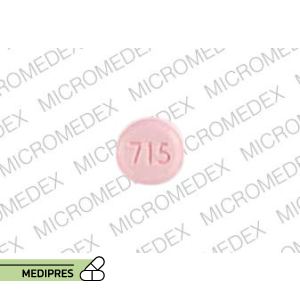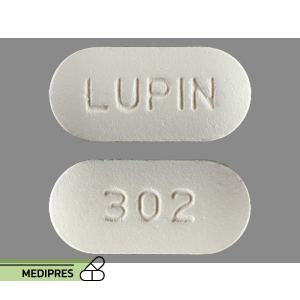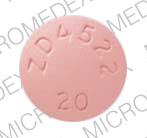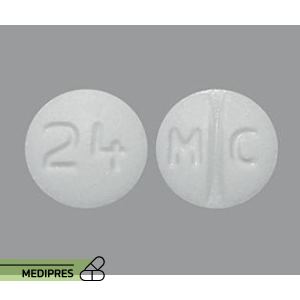
Calcitriol
23 June, 2023
Candesartan
23 June, 2023Camila
Category: C
Description
Generic name: Norethindrone
Drug class: Progestin-only oral contraceptive (mini-pill)
Dosage form: Tablets (0.35 mg)
Root of administration: Oral
Dose: 0.35 mg once daily at the same time each day; if dose is taken >3 hours late, use backup contraception for 48 hours
Mechanism of action: Suppresses ovulation, increases cervical mucus viscosity to inhibit sperm penetration, and alters endometrial lining to prevent implantation.
Drug usage cases:
- Contraception in women of childbearing potential
- Management of abnormal uterine bleeding
- Endometriosis-associated pelvic pain (off-label)
- Secondary amenorrhea (off-label)
- Premenstrual syndrome (off-label)
Drug contra indications:
- Known or suspected pregnancy
- Current or history of breast cancer or other progesterone-dependent tumors
- Undiagnosed abnormal genital bleeding
- Active liver disease, including benign or malignant hepatic tumors
- Hypersensitivity to norethindrone or any component of the formulation
Side effects:
- Irregular menstrual bleeding (spotting, breakthrough bleeding)
- Headache
- Nausea
- Bloating
- Breast tenderness
- Weight gain
- Acne
- Mood changes, including depression and irritability
- Dizziness
- Fatigue
- Hair loss (alopecia)
- Risk of ectopic pregnancy if contraception fails
Warnings:
- Strict adherence to dosing schedule; efficacy decreases if dose is taken >3 hours late
- Does not protect against HIV/AIDS or other sexually transmitted infections
- May aggravate existing epilepsy, migraines, asthma, renal dysfunction, or cardiac conditions
- Monitor for signs of depression and mood disturbances
- Use caution in patients with cardiovascular disorders or risk factors
- Observe for hepatic impairment; discontinue if jaundice occurs
- Potential for bone mineral density reduction with long-term use
Use during pregnancy or breastfeeding:
- Pregnancy: Contraindicated if pregnancy is confirmed or suspected; discontinue use immediately.
- Breastfeeding: Norethindrone is excreted in human milk in low concentrations; generally considered compatible with breastfeeding, especially after 6 weeks postpartum; monitor infant for adverse effects.



